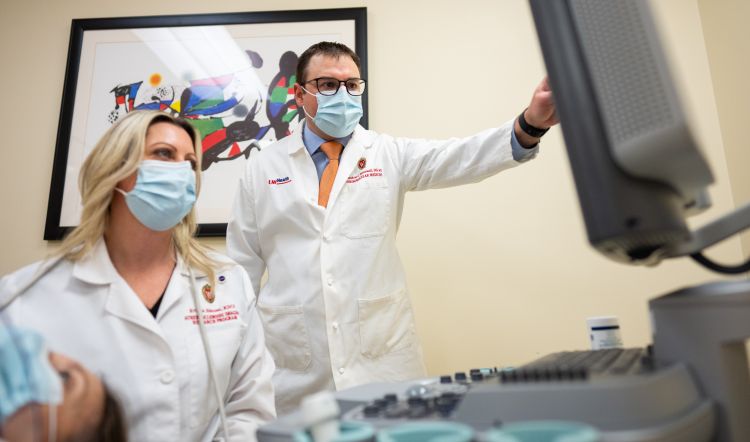Dr. Matt Tattersall: Framing patient conversations about incidental coronary artery calcium findings

In brief
Matthew Tattersall, DO, MS, associate professor, Cardiovascular Medicine, is the lead author on a research letter published in JAMA Internal Medicine that evaluates data from the Multi-Ethnic Study of Atherosclerosis (MESA) to determine the prevalence of coronary artery calcification (CAC) detected in patients without atherosclerotic cardiovascular disease (ASVD).
Why it matters
For patients with ACVD, detectable levels of CAC are often used to determine disease severity and guide a course of treatment.
However, CAC often occurs in otherwise healthy patients, at levels based on their age, sex or ethnicity—and when imaging picks up detectable levels of CAC in a patient without ACVD, it can lead to increased physician and patient anxiety and unnecessary additional testing.
By summarizing the prevalence of detectable CAC on chest CT scans across the 6,814 MESA participants, the research letter provides a framework for physicians to have informed conversations with patients in this situation.
“The fundamental principle,” says Dr. Tattersall, “is that test results can modify but not replace pretest probabilities.”
Learn more about the new framework in the 60-second video below.
Banner: Dr. Tattersall (center) in the University of Wisconsin Atherosclerotic Imaging Research Program (AIRP) lab with AIRP associate lab manager Kristin Hansen. Credit: Clint Thayer/Department of Medicine.